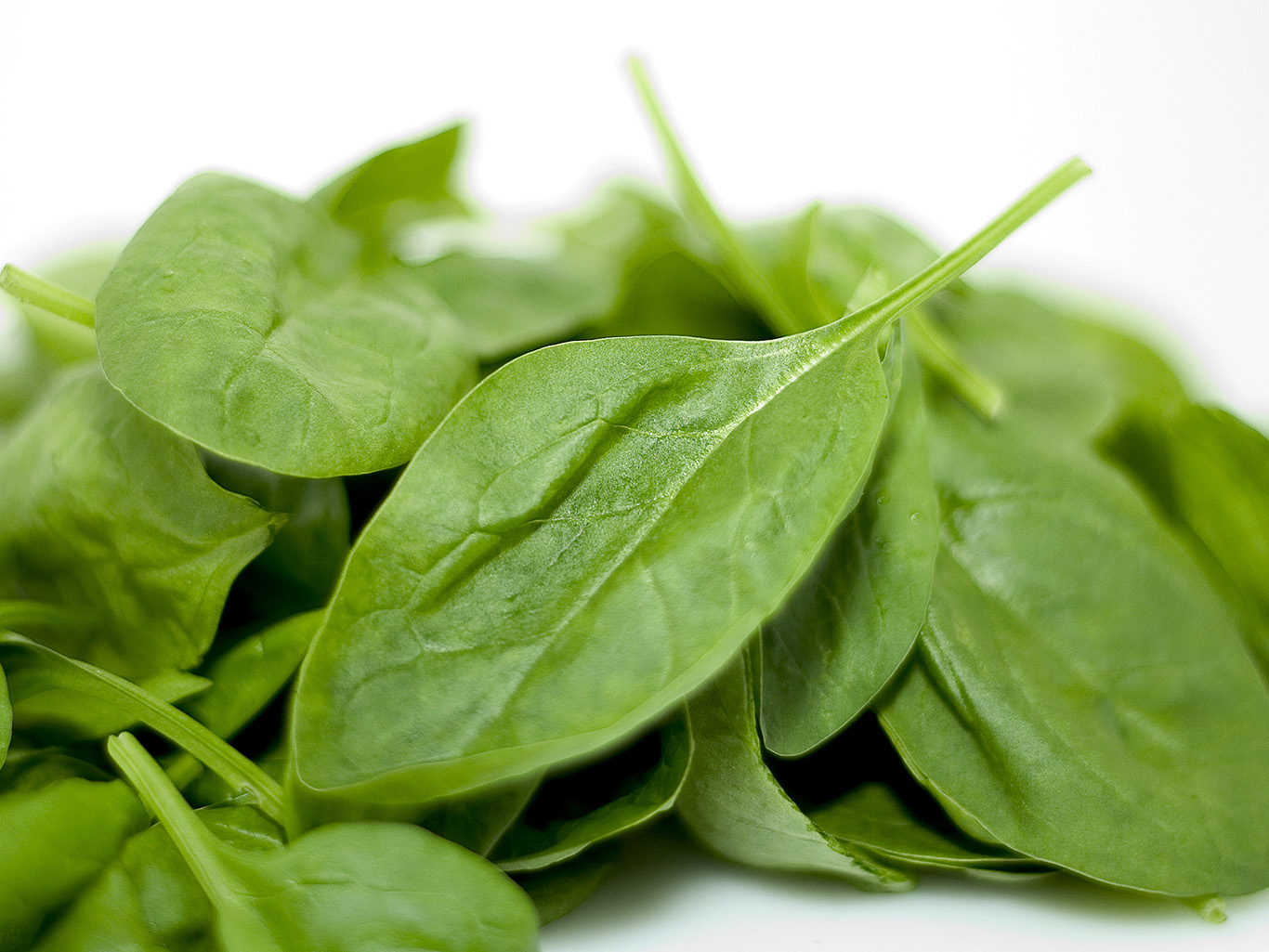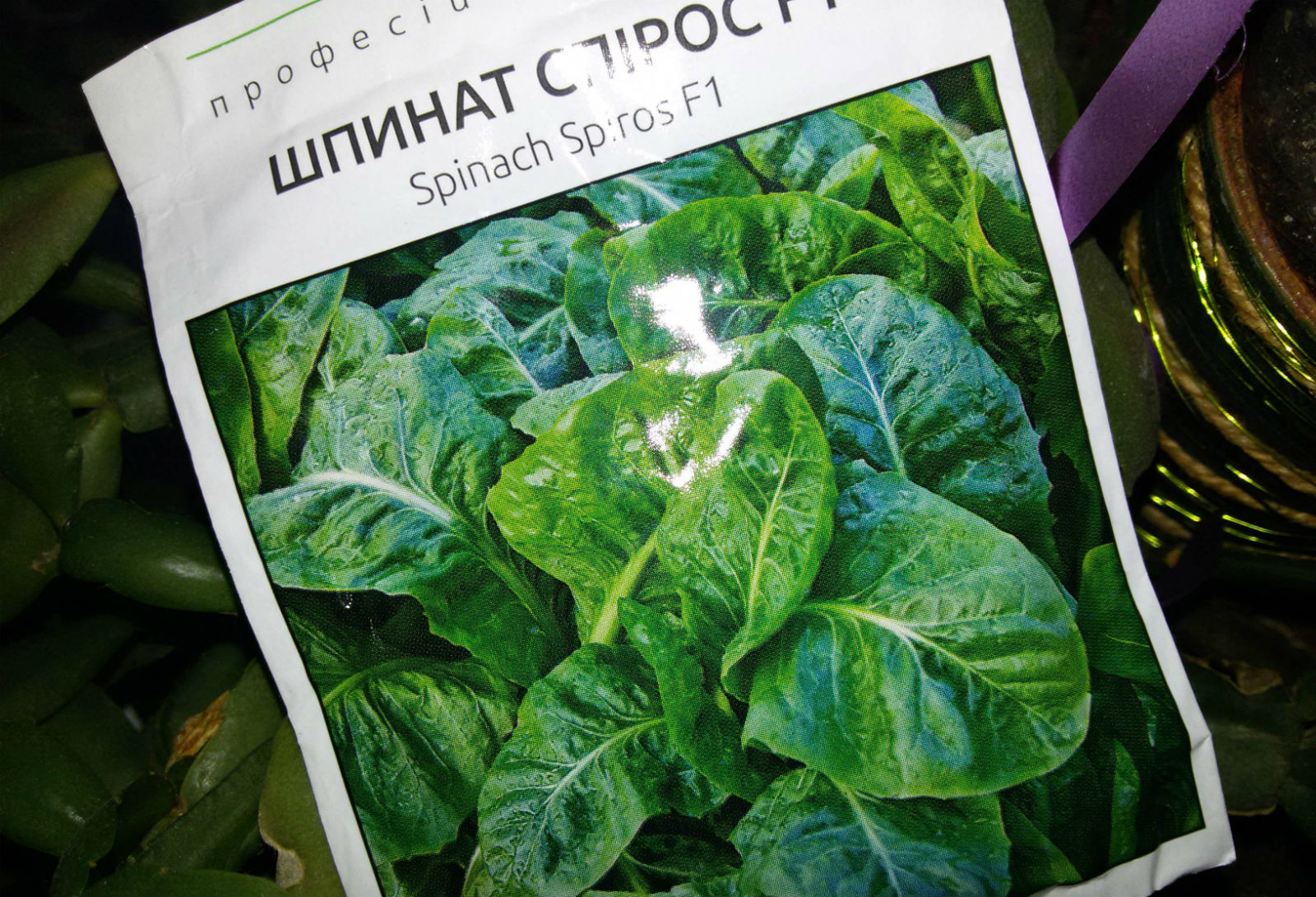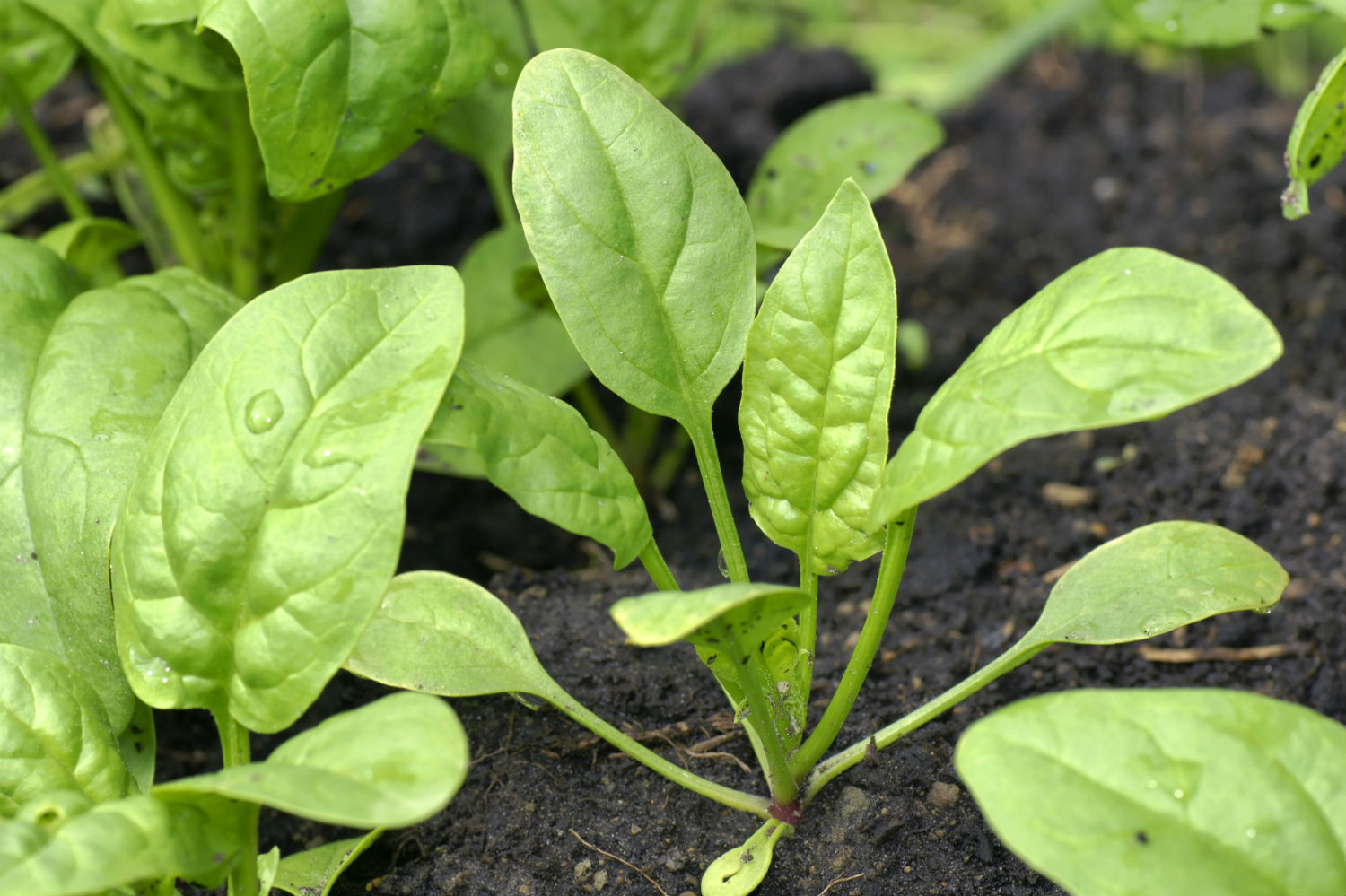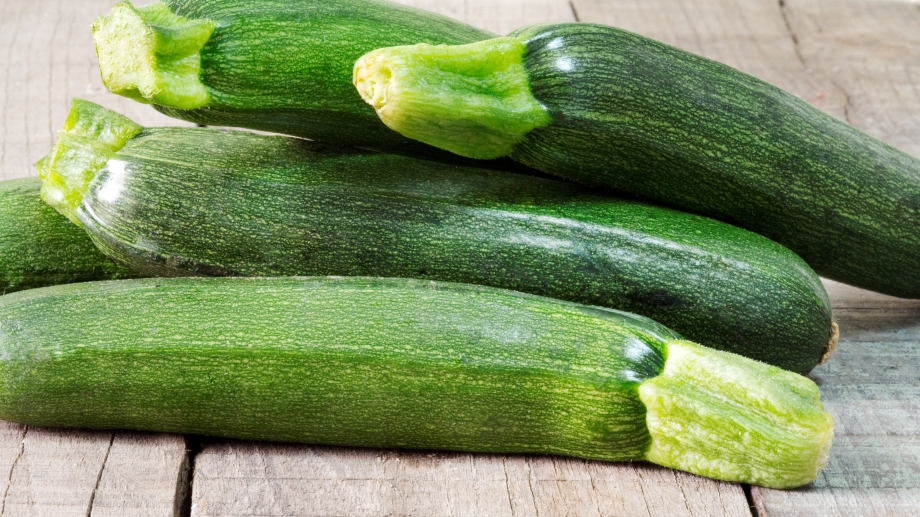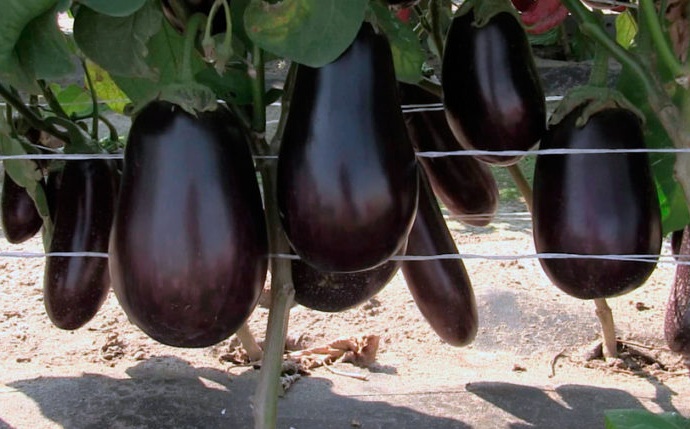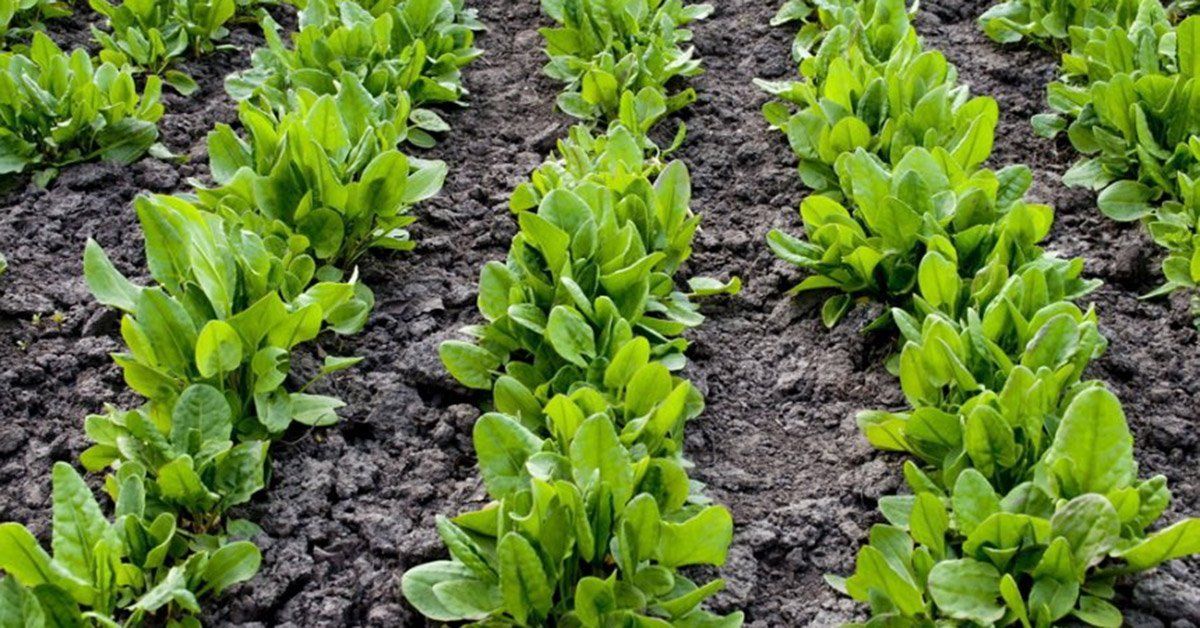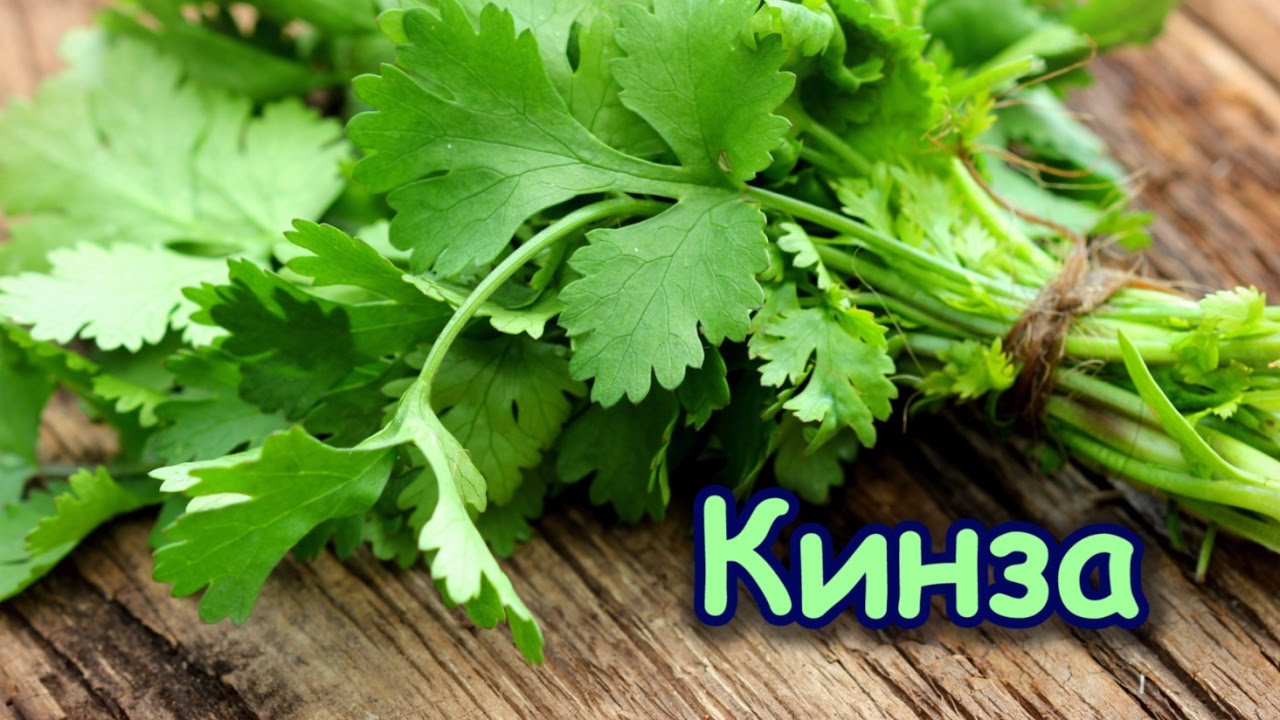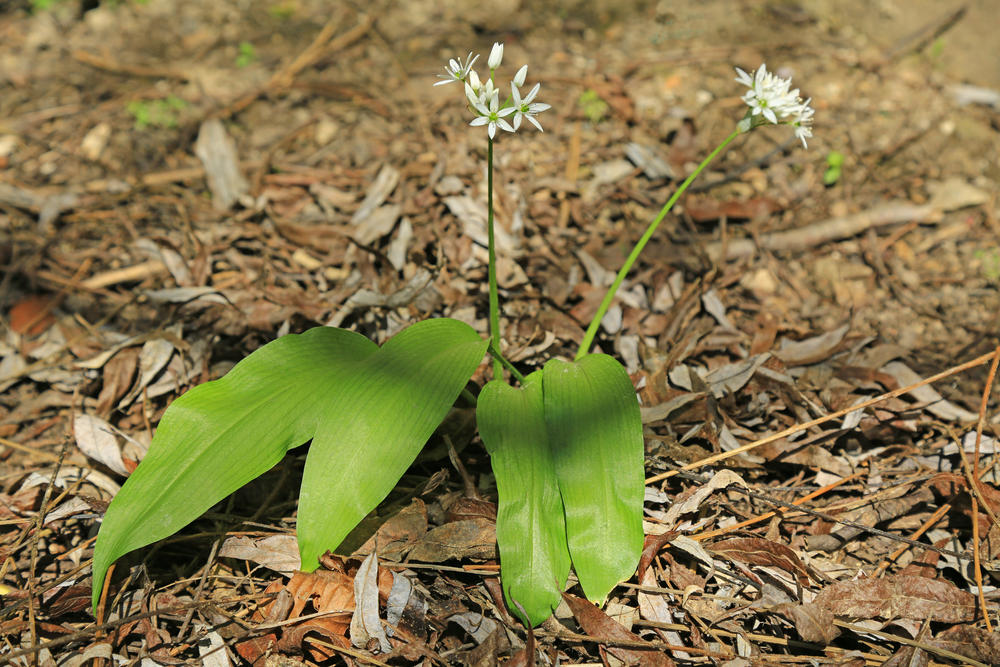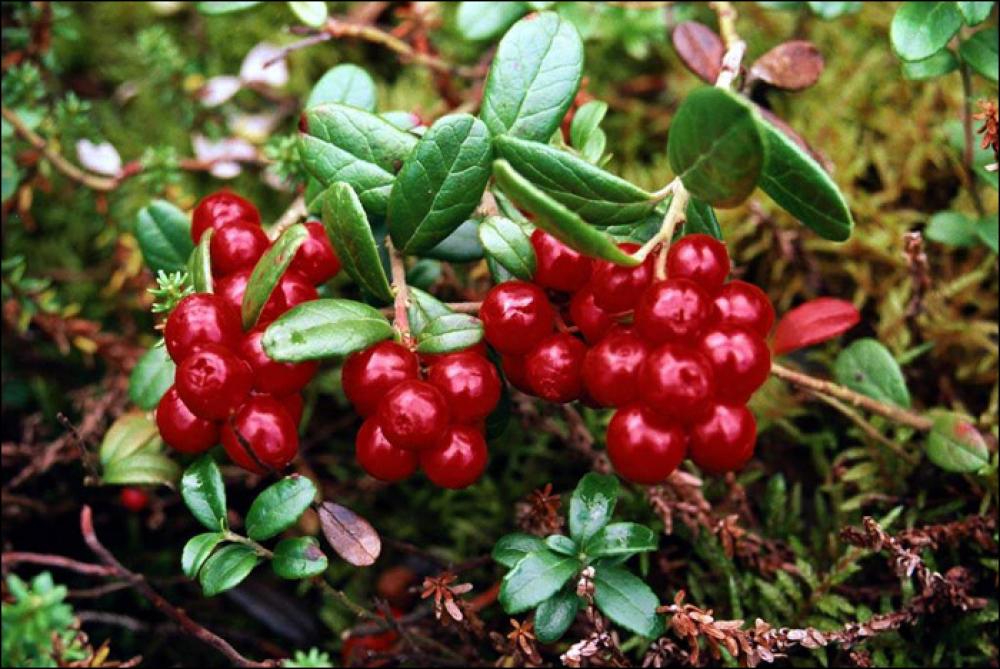Content:
In Russia, spinach (English Spinach) began to be grown on personal plots relatively recently. This healthy greens have been imported from abroad for a long time. However, it turned out that spinach is rather picky about leaving. It can be easily grown at home on a windowsill, in open and closed ground, the only difference is that in greenhouse conditions the harvest ripens much earlier.
General information
Spinach, like most cultivated plants, differs in maturity:
- Early ripe: Giant, Marquis, Virole;
- Mid-season: Fat-leaved, Strong, Matador;
- Late: Spokane, Victoria, Corenta.
There is a very unusual variety - strawberry spinach. This is not a dessert variety, but a plant that belongs to the Amaranth family, like ordinary spinach. Its peculiarity lies in the fact that, in addition to edible leaves, red berries also grow.
Spinach easily adapts to changeable weather conditions, tolerates low temperatures, so it can be grown outdoors, both in the Moscow region, and in the Urals and Siberia.
Spinach prefers light soils. The best option is loam or sandstone. This type of soil retains moisture well. On sandy soils, water does not linger, and on heavy soils, waterlogging is possible. Both are detrimental to spinach. You should also pay attention to acidity. Strongly acidified soils should be limed with dolomite flour (300-500 g / m2). Greens grow best in well-lit areas shaded by the midday sun.
Reproduction of culture
It is quite easy to propagate culture in your country house. To do this, you need to collect spinach seeds from adult plants. Spinach has male and female flowers. Seed material is collected from women. Seed harvesting can begin when the leaves begin to turn yellow and the seeds turn gray-brown. This usually happens 3 months after sowing. The seed pods are collected in the morning, at which time they hardly crumble. After that, the seeds are dried for 15 days in a room with good ventilation.
The shelf life of home-prepared seed is 4 years. Before planting spinach, the seeds should be soaked in warm water for two days. The water needs to be changed every 8 hours. After that, the seeds are dried at room temperature.
Sowing with seeds
How to plant spinach
Planting spinach seeds in open ground begins as early as March, when the ground has just thawed and the air temperature has settled at +4 ˚C. The sowing period is very long and lasts until June. The seeds will germinate perfectly, and the plant will have time to ripen. Before planting, the soil must be properly loosened. Further, on the bed, markings are made every 20 cm with a depth of 2 cm. Before sowing, the furrows are moistened with warm, settled water. When the water is absorbed, the seeds are laid out in the furrows one by one at a distance of 10 cm. You can sow arbitrarily, the seeding rate is 5 g / m2. In this case, the seedlings will need to be thinned out, since too densely planted plants develop slowly and interfere with each other. The seeds are sprinkled with earth and lightly crushed so that the top layer is not blown away by the wind. The garden bed is mulched with hay or straw. This is necessary in order to maintain optimal moisture and protect seedlings from weeds. Subject to the rules, the first shoots will hatch in 15 days.
Seedling care
Seedling care mainly consists in maintaining soil moisture, while waterlogging should not be allowed. On average, watering should be done 2 times a week, the consumption rate is 3 l / m2. To accelerate the growth of the green part of plants, it is useful to apply nitrogen fertilizers.
3 days after emergence, the topsoil must be loosened. This will allow the seedlings to germinate more easily and fill the soil with air. Another important point is shading the seedlings, since it is almost impossible to grow spinach under the hot sun. Delicate young leaves do not tolerate direct rays and high temperatures, as a result, the crop will be dry and tasteless.
Planting seedlings
When planting seedlings, the leaves are ready for consumption in May, as spinach grows much faster. Seedlings are grown in an apartment on a windowsill with a south or southeast orientation. In this case, it is imperative to shade the landing containers from the midday sun. Seeds for seedlings should be sown at the end of March. Suitable containers are wooden boxes (for bulk seeding) or plastic or paper cells or cups. The containers are covered with universal soil, moisten it, make a hole 1 cm deep, lay the seeds and sprinkle it with earth. The container is covered with glass or cling film and placed in a warm place, for example, near a battery. The created greenhouse effect allows the seeds to grow faster. As soon as the first green feathers appeared, the containers can be opened (remove the glass / film) and taken out to the loggia. Further care consists in moderate watering.
Culture care
Spinach: growing and nursing outdoors
| Procedure | Technology |
|---|---|
| Thinning seedlings | The optimal distance between seedlings is 10 cm, between adult plants - 15 cm. Such gaps allow the full development of both the root system and the ground part. Observance of the intervals is a preventive measure against powdery mildew. |
| Watering | A fundamental procedure, since the leaves are filled with moisture and become juicy and aromatic only under conditions of regular moderate watering. With a lack of moisture, spinach shoots arrows early, which means that it will be impossible to eat it. Water consumption rate - 10 l / m2. Frequency - once every 3 days. Depending on the amount of precipitation, the frequency is adjusted up or down. |
| Top dressing | In the phase of active growth, plants are not fertilized. The necessary fertilizers must be applied at the time of sowing spinach. The essential fertilizer is nitrogen, as it helps to build up green mass. Organics are strictly prohibited for this crop. Potassium-phosphorus dressings are also not relevant, as they provoke early flowering. |
| Loosening and weeding | The procedures are carried out jointly. Loosening should be done only in the aisles as necessary, when a crust forms on the surface of the bed. Loosening helps the roots gain access to oxygen. |
| Removing arrows | If a young plant begins to shoot arrows, then they need to be broken off, since the leaves become rough and tasteless due to the fact that the arrow takes food for itself. |
How to harvest
If you follow the technique of planting and caring for spinach outdoors, the leaves are guaranteed to grow juicy and healthy. At the last stage, it is very important not to miss the harvest time. Spinach that has sat on the garden bed becomes coarse, dry, loses its taste and benefits. Usually, after 1-1.5 months, the plant forms 5-6 true leaves. At this time, they can already be plucked for cooking. The leaf-cutting period lasts from late spring, all summer to mid-autumn. The term depends on when the spinach was planted: before winter, in early spring or at the end of summer.
From how correctly the cut was carried out, it will depend on how long the bush will bear fruit, and what quality of the crop will eventually turn out:
- The best time to harvest leaves is in the morning when the dew has subsided. During these hours, the leaves are maximally saturated with moisture and cooled. Leaves collected in the afternoon / evening are usually not so juicy and wither faster;
- It is not worth collecting wet leaves, since they are very vulnerable - they break easily, quickly rot, do not tolerate transportation and storage;
- Do not cut the leaves for future use. It is better to harvest in the amount that will be useful for cooking in the coming hours. Spinach doesn't keep well;
- Spinach is not cut massively. The harvesting period lasts as long as new leaves are formed. Spinach harvesting ends when arrows appear. During this time, the leaves become bitter and tough.
Many summer residents wondered how to grow spinach in the garden. In fact, everything turned out to be very simple. It grows well from seeds, and also quickly takes root when planting seedlings. Caring for the plant is very simple and does not require much effort. If you plant a crop in several stages, then the crop can be harvested for about six months.
